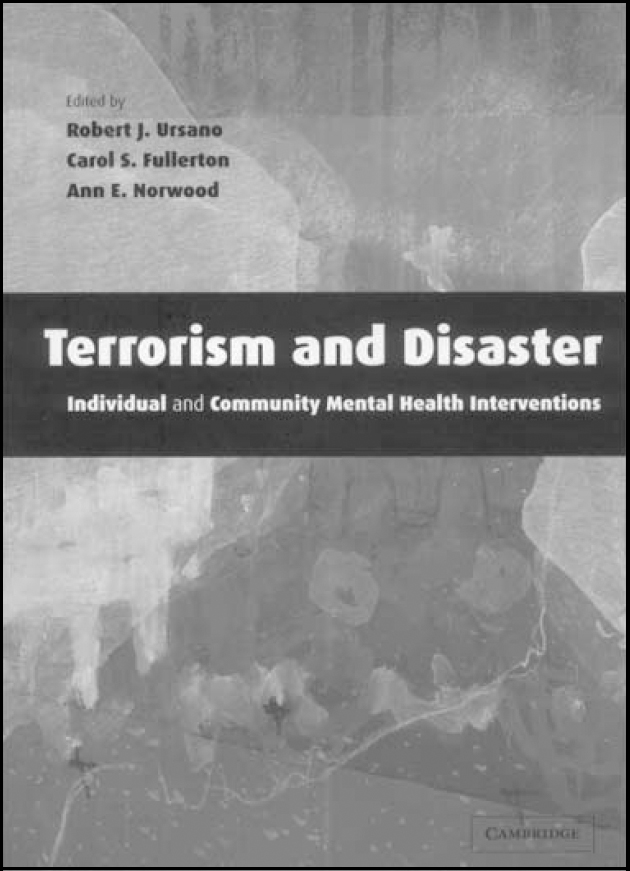
The events of 11 September 2001 changed our world for ever. The world has become a more dangerous and uncertain place, and no-one is safe or immune from the threat of terror. In an instant the lives of victims and their families are irreparably transformed; leaving for some an enduring scar blighting lives with disability as great as any physical injury.
How best to respond to these needs is not obvious and there is little evidence to tell us what exactly we should be doing, when and to whom. Conducting methodologically robust trials of any intervention in the chaos and confusion that follows a disaster is almost impossible and the evidence, such as there is, is limited. What is clear however, is that inappropriate or ill-timed early interventions can do considerable harm. Responding to traumatic events therefore requires a cautious pragmatic approach building on the experience and lessons learned from those who have first hand experience of dealing with disaster.
Spawned in the wake of 9/11, Terrorism and Disaster, accompanied by a CD-Rom, makes compelling reading. Recent terrorist atrocities, their aftermath and the response of mental health services are described. The efficacy of early interventions is reviewed, as well as the pre-exposure screening of high risk groups such as soldiers and emergency service workers. Particular problems associated with more unusual traumatic events such as body handling, radiation exposure and contamination are described in addition to a review of wider public mental health issues and problems associated with relocation stress.
This is an excellent book and required reading for anyone involved in disaster planning. Disaster is a unique experience for most mental health professionals: considering any of us could be called upon to advise and assist, this is a field with very few ‘experts’. It is therefore crucial that we learn from the experiences and lessons of colleagues who have had first-hand experience; Terrorism and Disaster allows this opportunity.
The war on terror has barely begun and there will be many more innocent victims. Considering that conflict is taking place in more than 100 countries and terrorism in many more besides, the needs of victims constitute a public health problem of global proportions and a major challenge for psychiatry in these troubled times.



eLetters
No eLetters have been published for this article.